We Cannot Allow the Best to Overwhelm the Good
By: Gerard C.S. Mildner and Trey Barrineau
On: Development Magazine, Fall 2023
Author and demographer Joel Kotkin is a big fan of the suburbs, a stance that often puts him at odds with urban planners and environmentalists.
“The urban fringe is where the American dream is now being rediscovered,” Kotkin wrote in the Spring 2022 issue of “American Affairs.” “But these fringes remain widely disdained in academia, media and the planning community. … Affordable, safe, healthy communities are vital to maintaining our country’s greatest asset: the families creating the next generation. None of this should be seen as an abandonment of the city, but rather as a sign of its continuing reinvention.”
Development magazine recently sat down with Kotkin to discuss topics spanning population growth and change, the prospects for real estate in the aftermath of the pandemic and much more. The conversation has been edited for length and clarity.
Development: Where do you forecast population growth happening in the United States over the next 20 to 30 years?
Kotkin: First, the population shift from the expensive coastal metros to the Sunbelt will continue. Second, much of this will be exurban growth, which will be taking place not only between regions, but also within regions. Even here in California, where the state has lost population overall, the suburban areas in the Central Valley and the Inland Empire are likely to keep growing.
Across the country, the trend will be for much lower population growth. I was projecting 400 million people in the U.S. by 2050, but I don’t think we’re going to get there. I think we’ll be somewhat short of that unless there’s a massive immigration wave. The birth rate is going to be lower because young people can’t afford the housing they need to raise a family in many areas of the country. The death rate doesn’t seem to be improving, either. Overall, I think population growth will be low but steady. The U.S. won’t experience Japan’s level of population decline for a while (that country’s birth rate fell to 1.26 per woman in 2022, and its population is expected to decrease from 125 million to 87 million by 2070).
Development: Where are Californians moving?
Kotkin: Five years ago, the Pacific Northwest was one of their favorite places, particularly upper-middle-class people from the Bay Area. I think that flow is much lower now. Urban policy analyst Wendell Cox has noted that Seattle and Portland now have deficits of domestic migrants. Where are the Californians going instead? Arizona, Texas, and for the first time, we’re seeing them moving to Florida. Also, Denver is losing ground in attracting new people. There’s more movement toward Idaho, Montana, places like that.
That said, migration is going to be to many places, and it often depends on where adult children have settled. That’s a trend I’ve gleaned from personal interviews with people. They moved to be near their kids.
Development: What about international immigrants?
Kotkin: They are not moving to the big cities at anything like the levels seen in the past, and the metros they’re moving to are increasingly not New York or Los Angeles. The three cities that saw the largest increases in foreign-born population in the past decade (this is pre-pandemic) were Dallas, Houston and Miami. Los Angeles actually lost foreign-born population over the decade. The immigrants are going to places where there’s opportunity and where the cost of living is manageable, such as Omaha, Nebraska. I had a speech there a while back and I went to a nearby park, and it was as multicultural as Brooklyn or Los Angeles.
Development: How does the movement of people from big metros to suburbs in the Sunbelt jibe with greater concerns about climate change and reducing our carbon footprint for the sake of the planet?
Kotkin: The whole debate around climate change has shifted toward this idea that people must live a certain lifestyle. However, that lifestyle is not even possible or preferable in most of the country. When people are encouraged to move into densely developed places like Los Angeles, Houston or Dallas, that means more traffic congestion, because mass transit in those places is essentially a non-factor.
If we’re going to deal with climate change, it must be done in a way that at least has some congruence with what the economy demands and what people want. How do we do it in a way that’s sustainable socially and economically? If people are mandated to adopt policies that are against their interests, there is going to be pushback. We already see this happening in Europe. The climate issue and energy policy have contributed to the growth of the far-right party in Germany.
Read the rest of this piece at Development Magazine, Fall 2023

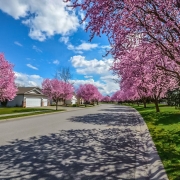
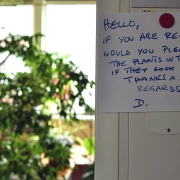


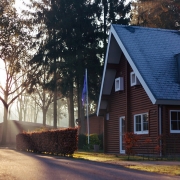
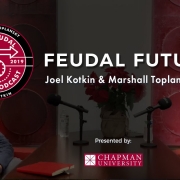
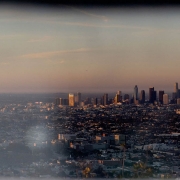
 Gage Skidmore, used under CC 2.0 License
Gage Skidmore, used under CC 2.0 License